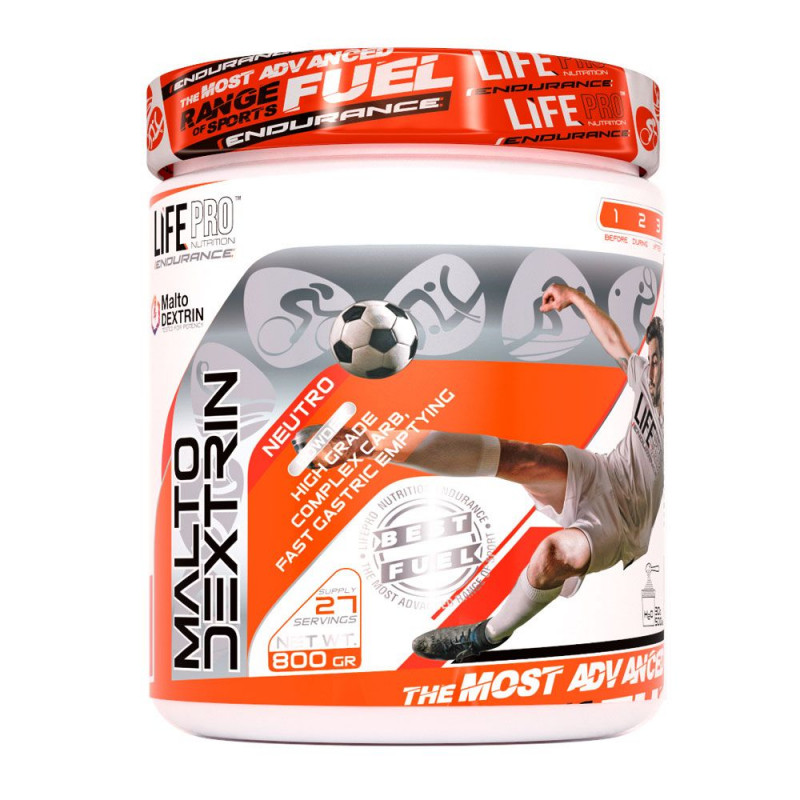Carbohydrates are the energy substrate most closely related to sports performance, both as fuel for skeletal muscle contraction and for the proper functioning of the central nervous system through different cognitive tasks and motor skills.
Loading allergens...
You may also like
What it is used for
Maintaining the carbohydrate deposits in the body in an adequate state is very important to optimize the performance of endurance exercise and, therefore, it is common for athletes to consume carbohydrates before, during and after this sport.
In this way, consuming carbohydrates during sports practice increases exercise performance and allows prolonging the time until exhaustion. On the other hand, we can differentiate carbohydrates according to their absorption speed, so that we find fast absorption and slow absorption. According to scientific evidence, the majority of carbohydrates that should be provided during endurance exercise should come from carbohydrates of fast absorption, where we find maltodextrin, whose use can be up to 60g / h or 1g / min.
Maltodextrin, whose use can be up to 60g / h or 1g / min.
Maltodextrin is a type of carbohydrate that is absorbed slowly and rapidly.
This type of carbohydrate with a high glycemic index, is very important in the practice of endurance exercise due to its ability to increase blood glucose quickly after ingestion, which facilitates the replenishment of blood glucose; the replenishment of glucose stores after training and, during the practice of this, allows to maintain blood glucose levels during long duration exercises, avoiding the onset of fatigue.
Maltodextrin is an oligosaccharide composed of glucose polymers and obtained by the partial hydrolysis of the starch of corn, potato, wheat or rye. The particularity of maltodextrin is that, despite being a complex carbohydrate, it has a lower osmolarity than simple carbohydrates, which accelerates gastric emptying, thus reducing the problems that simple carbohydrates can cause.
On the other hand, it is important to know that the fact of using different types of carbohydrates allows us to facilitate the glycemic emptying and the absorption of carbohydrates by using different ways of transport in the organism, which allows us to use different types of carbohydrates; This makes maltodextrin a very useful and practical option to combine with other slow-absorbing fructose in a ratio of approximately 2:1, so that maltodextrin becomes a very useful and practical option to combine with other slow-absorbing fructose in a ratio of approximately 2:1: 1, and thus optimize the utilization of carbohydrates as an energy substrate for performance enhancement during prolonged exercise.
Benefits:
- Carbohydrate supply.
- Facilitates gastric emptying and liquid absorption.
- Better digestion compared to other carbohydrates.
- Low sweetening power.
- Fast energy supply during exercise.
- Low sweetening power.
What dosage to consume?
Adjust the dose to your daily energy and nutritional needs. However, the consumption of 30 to 90 g of carbohydrates during exercise has been shown to have an ergogenic effect in medium and long duration sports.
Contenido




























